A 5,100-year-old dam with a reservoir and spillway has been identified as China's earliest known water conservancy project.
Capable of flood control and irrigation, the Xiongjialing Dam is part of the Qujialing relics site in Jingmen City, central China's Hubei Province, where a rice-growing Neolithic culture once thrived.
It was initially built around 5,100 years ago on a tributary of the Qingmudang River and was later expanded in both height and width. The existing dam measures 2 meters in height and 180 meters in length. It has a reservoir to the east and an irrigation area to the west.
A spillway lies at the reservoir's northern side, allowing for the discharge of excess water during flood seasons, showing a high trend in the south and a low in the north. It reflects the scientific concept of adapting to local conditions.
According to experts, the main purpose of the water project is believed to have been irrigating the rice paddy, which suggests that ancient people in the area had learned to harness water rather than simply implementing flood-defending measures.
The exploration of the water control model of the Qujialing relics site provides detailed support for water resources management and utilization of prehistoric individual settlements. Qujialing relics site is an important site that demonstrates the origin of civilization in the middle reaches of the Yangtze River.









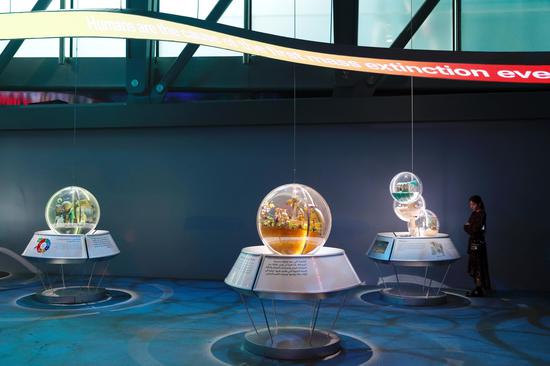






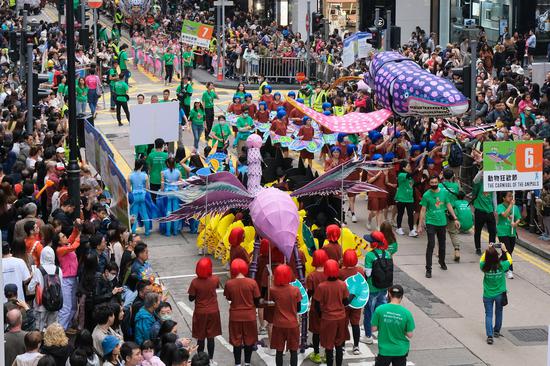








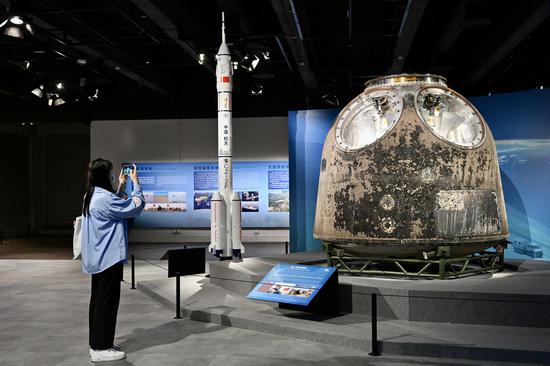
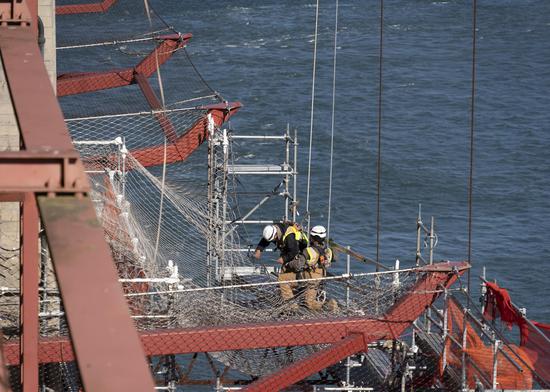







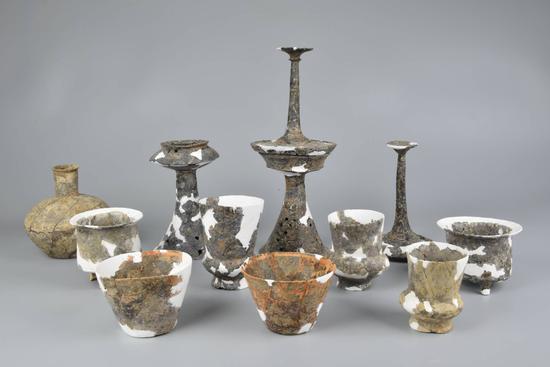
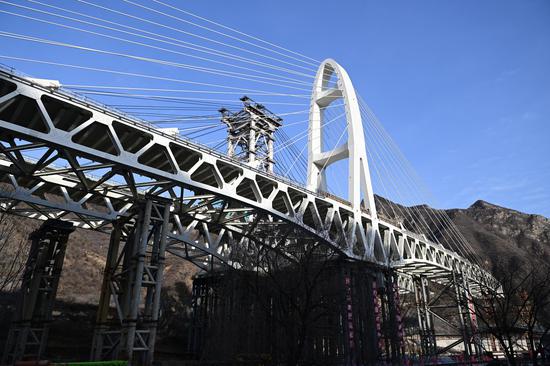




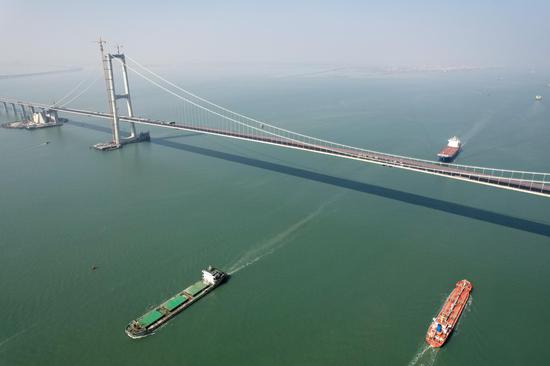


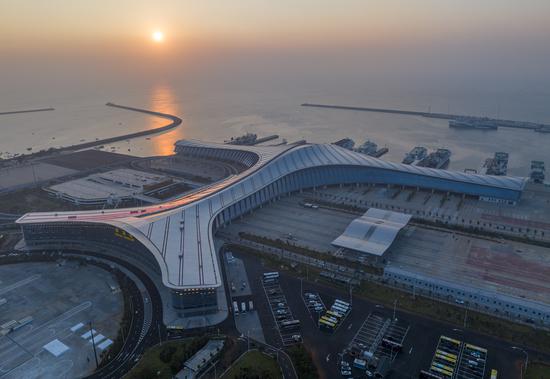






 京公网安备 11010202009201号
京公网安备 11010202009201号
